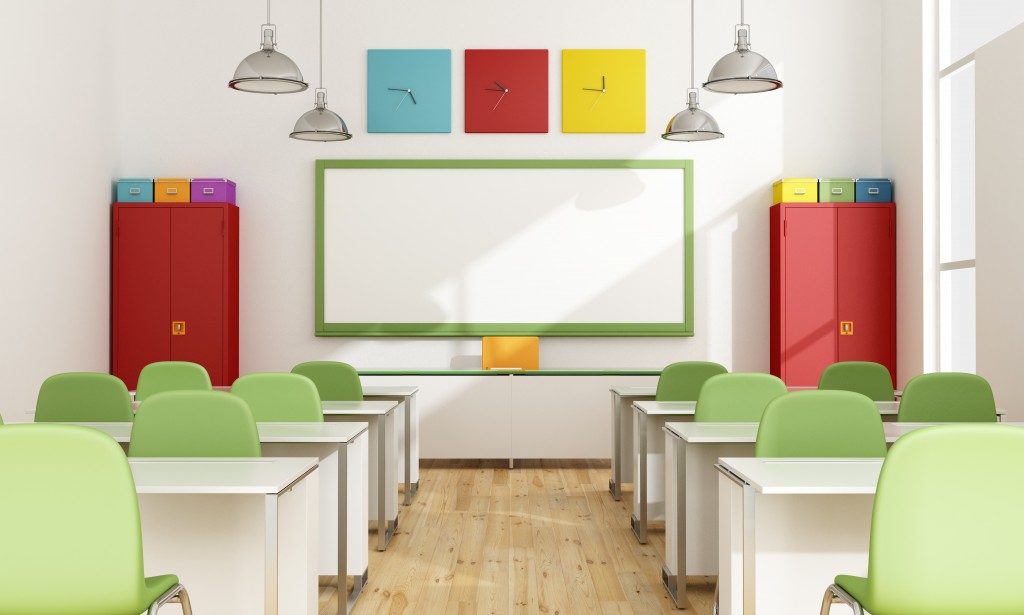Both physical and non-physical environments play a vital role in the teaching-learning process. Find the right institution where your children can feel a sense of belonging. With proper supervision of skilled educators, children learn to trust others and feel encouraged to tackle challenges, risks, and become interested in probing.
You can always find a good school that provides high-quality elementary education in Gilbert, Arizona and other locations. With the right school, you can ensure that your children will grow well and become a responsible adult in the future.
Why Do Students Lack Motivation in the Classroom?
Some students have reduced motivation to learn something that would be beneficial for their future. Here are the typical reasons:
- They see little value of the subject or the contents of the subject.
- They think that their efforts won’t improve their performance.
- They are discouraged by the structure and allocation of rewards.
- They feel that the classroom climate is not supportive.
- They have other priorities or interest, competing against their time and attention to learn.
- The student may be experiencing personal concerns.
How Excellent Educators Motivate Young Learners
- Valuing the subject: Educators must exude enthusiasm and passion when teaching students. These behaviors are contagious and will enable children to become active and be excited with what the subject is all about. Moreover, children become more interested when educators explain the essence of the subject to the students’ lives fully.
- Working better: When students lack the confidence to do something, it’s the responsibility of the teacher to guide them. Setting realistic expectations will make them understand the purpose of the task better. Winning a prize is a way to encourage students to study harder and get involved.
- Supportive environment: When students are exposed to intellectual, emotional, social, and physical environments, they get overwhelmed without proper assistance of the teacher. Establishing and enforcing ground rules for classroom interaction will help to promote a supportive environment for young learners.
- Having a private conversation with the student: One of the most important things that teachers must take note of is to understand their students. Teachers will never know what type of concern a particular student experiences unless they talk to the child. Always remember that educators are also counselors. They are expected to make learners feel better.
What is a Non-physical Learning Environment?
 The non-physical learning environment consists of classroom elements, such as temperature, light, sound, seating arrangement, etc. These are some of the things that students and teachers can’t touch physically. The atmosphere that the teacher creates has an impact on children. It can either inspire or discourage young learners from being successful.
The non-physical learning environment consists of classroom elements, such as temperature, light, sound, seating arrangement, etc. These are some of the things that students and teachers can’t touch physically. The atmosphere that the teacher creates has an impact on children. It can either inspire or discourage young learners from being successful.
To make the learning environment encourage young learners to become more productive and promote attention and liveliness among students, they must be in a room with proper lighting. Natural light is beneficial to them. In addition, ensure that each student is comfortable in the room. If there’s a need to modify the environment, the teacher must be vigilant and do the necessary solutions. This will allow students to be successful in the classroom.
The mental, emotional, and physical development of children become more natural when they study in a fun environment. Choose the best school that is authorized by the federal law for your convenience and peace of mind.



